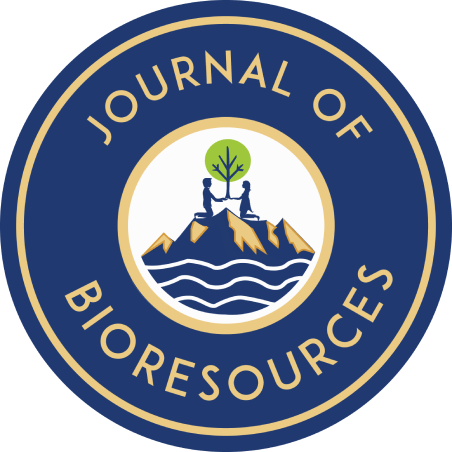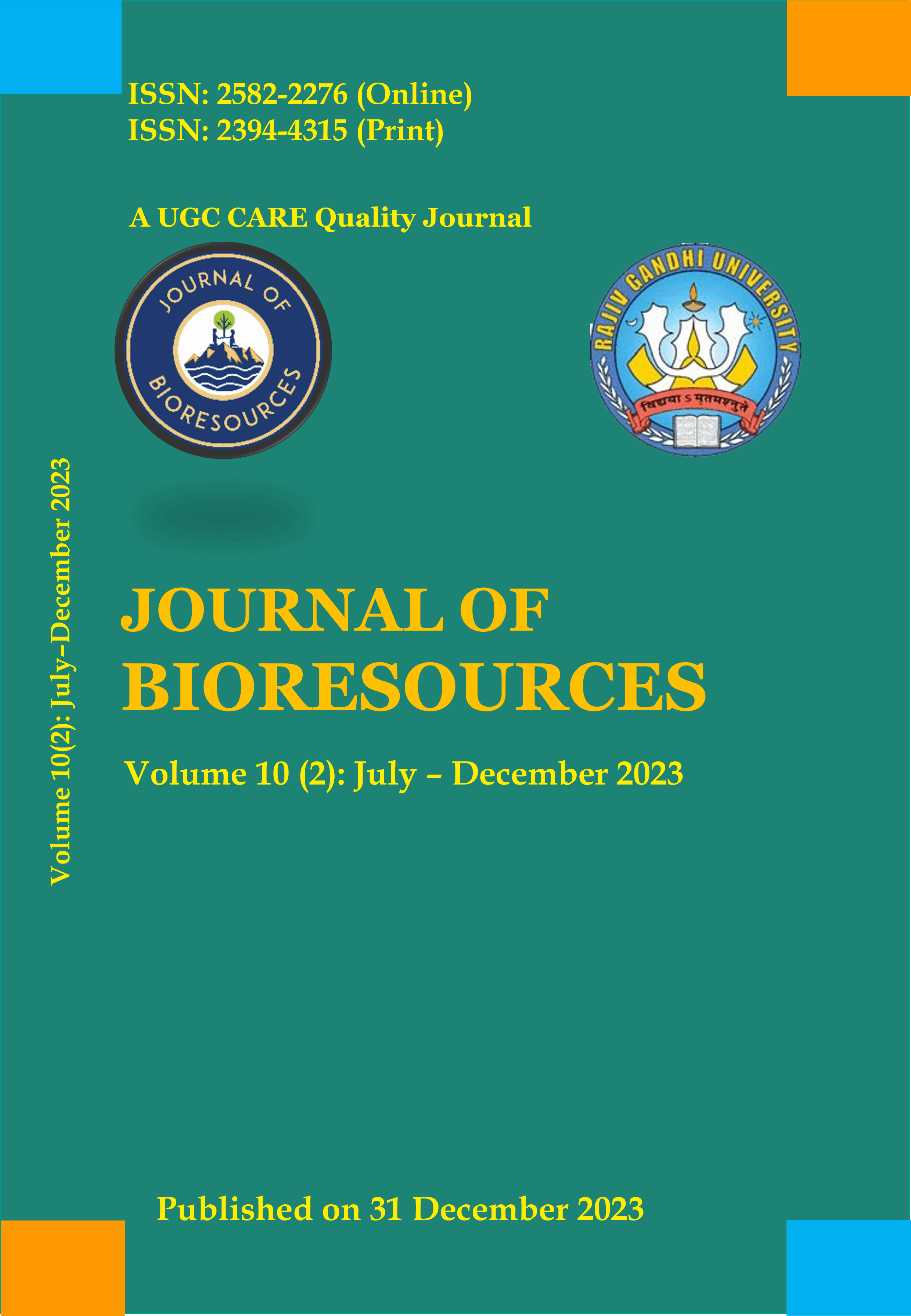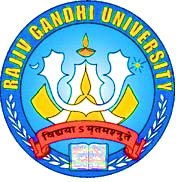Article Preview

Journal of Bioresources
Volume: 11 (2) : July-December 2024

A systematic review of medicinal plants used by indigenous tribal communities of Arunachal Pradesh against diabetes and hypertension
Abstract
Medicinal plants have been proven crucial for the treatment of several ailments. Despite the advent of modern medicines, majority of the global populations continue to rely on plant-based medicines for addressing primary healthcare needs in the rural localities. The different ethnic tribes of Arunachal Pradesh are reported to be a rich repository of ethnomedicinal knowledge and traditional healthcare practices. The indigenous medicinal knowledge system prevalent among the tribal communities could play a pivotal role in discovery of novel phytotherapeutic compounds effective against diabetes and hypertension. This systematic review aimed at identifying the medicinal plants used by the tribes of Arunachal Pradesh for the treatment of diabetes and hypertension. Present review analysed the data of 17 ethnobotanical papers published on 9 tribes of Arunachal Pradesh and shortlisted medicinal plants used for the treatment of diabetes and hypertension. Analysis revealed 16 medicinal plant species against hypertension and 44 medicinal plant species against diabetes used by the ethnic communities of Arunachal Pradesh. The highest cultural importance index value of 0.75 was recorded for Clerodendrum colebrookeanum Walp. which is used by the Adi, Apatani, Galo, Nyishi and Tagin communities. One way analysis of variation revealed significant variation in medicinal plants use with a P-value of 0.02 and F-value of 2.33. Among the 44 medicinal plant species reported against diabetes, the highest cultural importance index value was recorded for Solanum americanum Mill. (0.20) used by Adi, Galo, Nyishi and Tagin tribe. The present analysis results suggested for detailed phytochemistry and pharmacological investigation to unveil the therapeutic potential of the selected medicinal plants reported to be traditionally used against diabetes and hypertension.
Introduction
Development of modern medicines have significantly contributed towards effective treatment and management of several human ailments. Pharmacological advancements in 21st century have led to the discovery of novel and affordable drugs for the treatment of diseases that inflict global population, however, majority of the global population in developing countries still prefer plant based traditional herbal medicines for their primary healthcare needs (WHO, 2023). These medicinal plants are generally prescribed to the patients by elderly trained healers of the various tribal communities. The knowledge of these indigenous medicinal practices is well-kept secret in various communities and which is orally transferred to the next generation. Diabetes and hypertension exhibit an overlapping trend which affects the lives of millions of populations across the world (Tsimihodimos, 2018). Diabetes damages the thin blood vessels causing its wall to stiffen and this results in increase of blood pressure leading to hypertension (Smulyan et al., 2016). Diabetes coupled with hypertension elevates the risk of heart diseases and stoke (Kozakova and Palombo, 2016). Approximately, 422 million individuals have been diagnosed with diabetes which is expected to cause mortality of 1.5 million people each year (WHO, 2019). In the past few decades, several antidiabetic drugs have been discovered for treatment of diabetes and hypertension. However, the results and efficacy of these drugs are reported to be inadequate and shows considerable side effects. In addition, the high-cost involvement in diabetes and hypertension treatment exerts substantial economic and clinical burdens on the patients (Vincent et al., 2018). Thus, increase side effect and cost escalation of blockbuster anti-diabetic drugs in the market have forced the patients to shift towards traditional and alternative form of medicines which are mainly based on medicinal plants.
The state of Arunachal Pradesh in North East India is inhabited by 28 tribes with rich ethnomedicinal heritages (Tag et al., 2008; Jambey et al., 2017). These tribes are dispersed over different geographical locations and exhibit unique lifestyles, dialects and cultural practices which differ from one another. The indigenous tribes of the state are deeply connected to the forest bioresources and shows extraordinary knowledge of the plant resources and primarily rely on medicinal plants for treatment of commonly known ailments prevalent in their traditional biocultural landscape (Rinyo et al., 2021). Each tribe has their own way of addressing the cause and effect of the ailments or diseases which includes the preference of the medicinal plant, and development of unique methods of herbal formulation for treatment of diabetes and hypertension (Bipul et al., 2017). Perusal of literatures have revealed numerous ethnomedicinal study reports on medicinal plants used by the tribal communities of Arunachal Pradesh. However, majority of the study reports available to date are tribe specific which is related to a particular geographical location. Thus, this systematic review is undertaken with the aim to generate quantitative information regarding the medicinal plants used for the treatment of diabetes and hypertension by different tribes of Arunachal Pradesh, India.
Section Snippets
The data generated from the current analysis represents the largest dataset for the treatment of diabetes and hypertension by the tribes of Arunachal Pradesh. A total of 16 medicinal plant species belonging to 11 families, and 44 medicinal plant species belonging to 29 plant families have been identified which were reported to be used by the herbal healers for the treatment of diabetes and hypertension respectively. While comparing their cultural importance value (CI) index, Clerodendrum colebrookeanum was the most commonly used plant species for the treatment of hypertension among the six tribes of Arunachal Pradesh. According to Kalita et al (2013) Clerodendrum colebrookeanum is one of the most preferred medicinal plants among the different tribes of North-Eastern India for the treatment of various ailments and particularly reported to be effective against hypertension. Namsa et al (2011) and Tangjang et al (2011) recorded Fidelity level of 100% and Wangpan et al (2019) recorded 96% for C. colebrookeanum for treating hypertension among the Monpa, Nocte, Nyishi, Tagin, Galo and Adi tribes of Arunachal Pradesh. The ability to cure hypertension using C. colebrookeanum may be attributed to the presence of acteoside, martinoside, and osmanthuside β6 (Lokesh and Amitsankar, 2012).
Present review and analysis revealed valuable information on the prevalence of hypertension in Arunachal Pradesh. The use of plantbased medicine for the treatment of hypertension was recorded highest among the Galo followed by Adi and Nyshi tribe which indicating that the greater majority of the people from these tribes suffer from hypertension and prefer medicinal plants for treatment in rural localities. The use of C. colebrookeanum for treating hypertension is also reported from tribal communities living in different part of India. Harsha et al (2002) reported the use of C. colebrookeanum by the Kunabi tribe of Karnataka. The use of the same plant for the treatment of a particular ailment by different tribes indicating their pharmacological and therapeutic potential.
References
Aali NS, Singh K, Khan MI and Rani S. 2010. Protective effect of ethanolic extract of Solanum nigrum on the blood sugar of albino rats. International Journal of Pharmaceutical Sciences and Research 1(9): 97-99.
Bipul, Ch. K.; Yanka, H.; Gaotham, G.; Tag, H.; Das, A.K. 2017. Anti-diabetic plant used by Apatani Tribe of Arunachal Pradesh. Journal of Bioresources 4 (2): 73-79.
Chowański S, Adamski Z, Marciniak P, Rosiński G, Büyükgüzel E, Büyükgüzel K, Falabella P, Scrano L, Ventrella E, Lelario F and Bufo SA. 2016. A Review of Bioinsecticidal activity of Solanaceae Alkaloids. Toxins 8 (3): 60.
Cruz EC and Andrade-Cetto A. 2015. Ethnopharmacological field study of the plants used to treat type 2 diabetes among the Cakchiquels in Guatemala. Journal of Ethnopharmacology 15(159): 238-44.
Ghatak A, Chaturvedi P, Paul P, Agrawal G, Rakwal R, Kim S, Weckwerth W and Gupta R. 2017. Proteomics survey of Solanaceae family: Current status and challenges ahead. Journal of Proteomics 169: 41-57.
